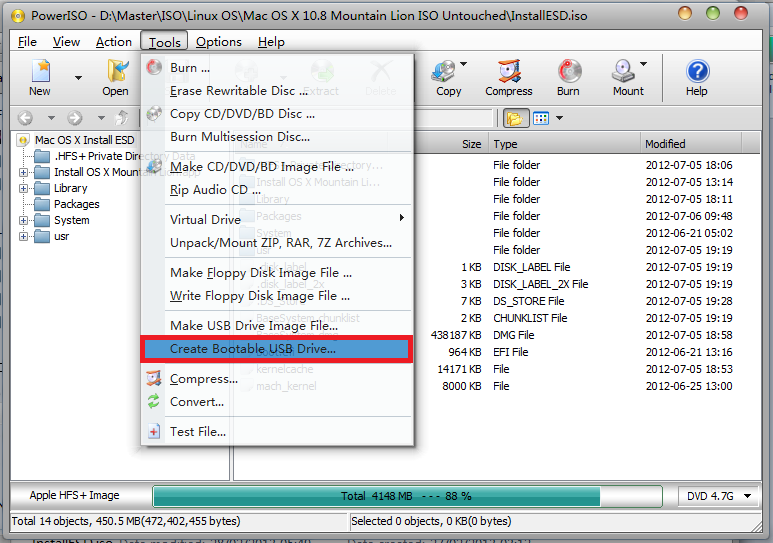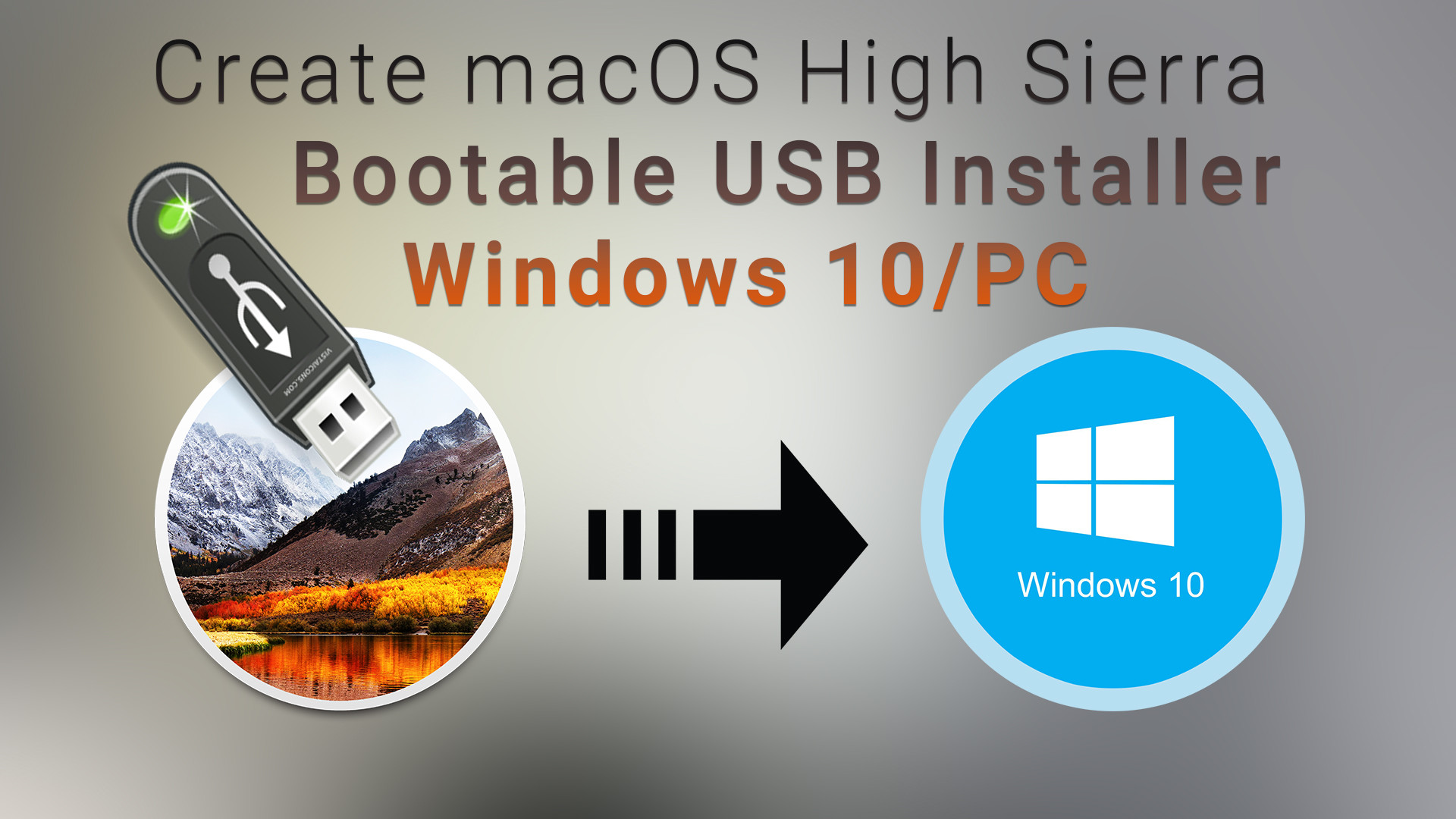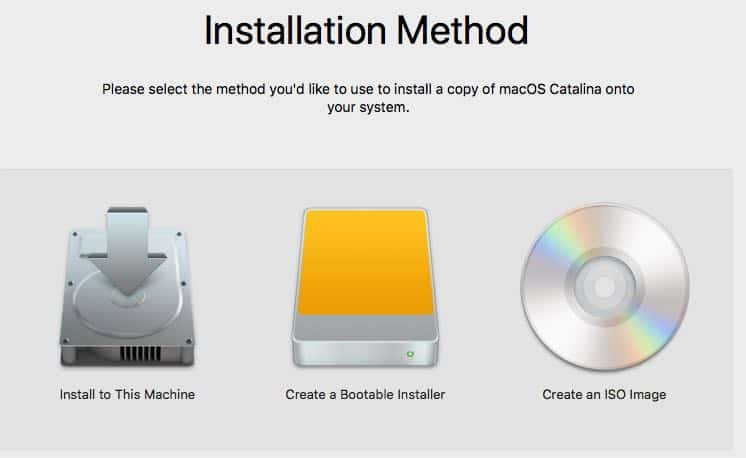

- Create bootable usb from iso mac hdd how to#
- Create bootable usb from iso mac hdd install#
- Create bootable usb from iso mac hdd portable#
- Create bootable usb from iso mac hdd software#
- Create bootable usb from iso mac hdd windows 7#
Select your external SSD drive (NOT your Mac’s hard drive!).Insert your external SSD drive into your Mac.Let’s get started! Part 1: Formatting your external SSD drive

Create bootable usb from iso mac hdd install#
It is more appropriate for a full install of an operating system than a flash drive is. So it should be more reliable (and faster) than a generic USB Flash drive. Why this drive? According to the specs it is FAST, and it is a SSD, not a standard USB Flash drive.
Create bootable usb from iso mac hdd portable#

Create bootable usb from iso mac hdd how to#
This guide will show you, step by step, how to install a full version of bootable Ubuntu on a SSD (solid state drive, or any other external drive), using only your Macbook. I am not an expert, and likely cannot solve any issues you encounter. All rights reserved.Warning: This is a complicated process, and you might screw things up.
Create bootable usb from iso mac hdd software#
Raw-write and USB-HDD are suggested writing methods.Ĭopyright 2004-2022 Power Software Ltd. Try another writing method when creating USB drive, Have you correctly prepared the USB drive in step one?ĭoes your USB drive properly support being booted from? Is your BIOS properly configured for booting from the USBĭevice? (Is the USB device listed and does it have top priority?) If it isn’t working, then double-check the following before Step 3: Booting and setup or run Linux from USB driveĪssuming that you properly configured your BIOS and your USBĭrive supports booting, Linux or Linux setup program should now load.ĭepending on the speed of your USB drive, this may take a while. Please notice that you can seriously screw up your system by Hardware), promote your USB drive to the primary boot device.Įxit from the BIOS configuration, saving all changes. If it isn’t, your system might not support booting from USB.Īssuming that it is supported (as is the case with virtually all modern With your USB drive plugged in, the USB drive should be Go to the section that contains your boot devices. Hotkey instructions are generally provided on the screen. The BIOS configuration screen by hitting something like F1, F2, Delete orĮscape. While booting (before Windows starts loading), get into Instructions for doing so vary wildly from system to system, but You should now reboot and go into the BIOS configuration toīoot from USB. After all data has been written to the USB drive, you should receive a message indicating that theīootable USB drive has been created successfully. PowerISO will then start writing, and show the progress information when writing USB drive.ĩ. Please click "OK" to confirm and continue. Before writing files to the USB drive, PowerISO will show a dialog prompts you that all data in the USB drive Click "Start" button to start creating bootable USB drive for Linux. However, if "Raw-write" isn't working, please use "USB-HDD" instead.Ĩ. If multiple USB drives are connected to the computer, please make sure that you have selected the correct drive.ħ. Select the USB drive from the "Destination USB drive" list. In "Create bootable USB Drive" dialog, click "Browse" button to open the iso file for Linux.Ħ.
Create bootable usb from iso mac hdd windows 7#
If you are using Windows Vista or Windows 7 / 8 operating system, you need confirm the UAC dialog to continue.ĥ. The " Create Bootable USB Drive" dialog will popup. Choose the menu "Tools > Create Bootable USB Drive.".Ĥ. Insert the USB drive you intend to make bootable.ģ. Start PowerISO (v6.5 or newer version, download here).Ģ. Step1: Create Bootable USB Drive for Linuxġ. The steps to create Linux bootable USB drive,

It supports most of the Linuxĭistribution, such as Ubuntu, Fedora, Debian, CentOS, and so on. PowerISO can create bootable USB drive for Linux. How to create a bootable USB drive for Linux?


 0 kommentar(er)
0 kommentar(er)
